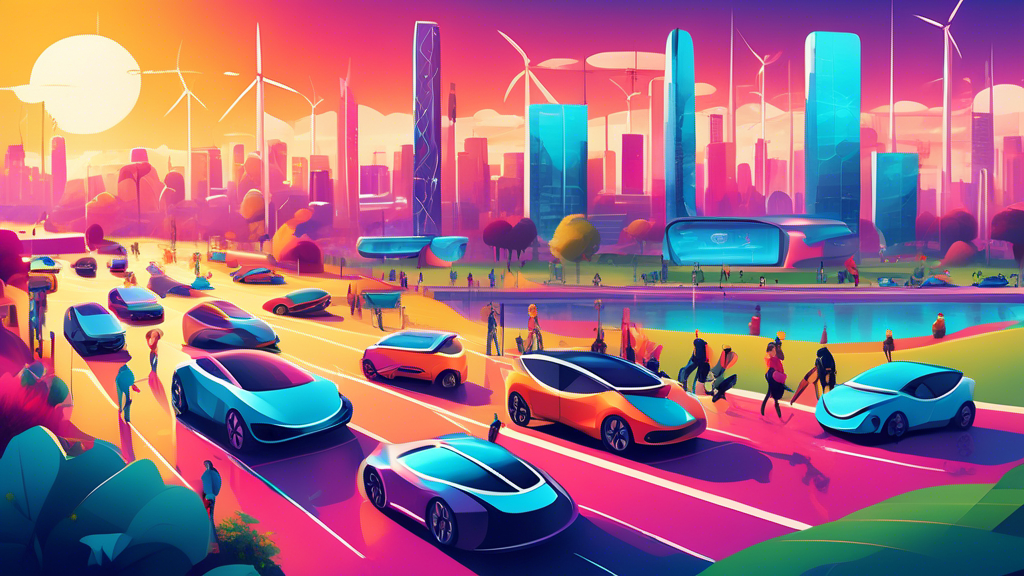
Affordable EVs: A Gateway to Broad Adoption?
Is it really that affordable EVs will make people buy more EV cars? In the ever-evolving landscape of transportation technology, electric vehicles (EVs) have surged in popularity, presenting an eco-friendly alternative to traditional internal combustion engine vehicles. However, the widespread adoption of EVs faces a significant barrier: affordability. As the automobile industry and governmental policies pivot toward sustainability, the question arises: could making electric vehicles more affordable accelerate their broad adoption?
The Current State of EV Market Pricing
The cost disparity between electric vehicles and their gasoline counterparts has stalled many potential EV buyers. Historically, the higher upfront cost of EVs, attributed to expensive battery technology and limited production scales, has made them less accessible to the average consumer. This pricing challenge has been a focus of manufacturers and policymakers alike, aiming to make electric vehicles viable for a broader demographic.
The Impact of Affordable EVs on Adoption Rates
Intuitively, lowering the cost of electric vehicles should lead to an increase in their adoption. Research and market trends support this notion, showing a positive correlation between price reductions and sales volumes. Affordable EVs could serve as a gateway for consumers interested in transitioning to electric but have been deterred by the cost. Moreover, the availability of lower-priced models can also debunk the myth that electric vehicles are only for the affluent, promoting inclusivity and diversity among EV consumers.
Strategies for Making EVs More Affordable
To bridge the affordability gap, manufacturers and governments are employing several strategies. These include scaling production, investing in cheaper battery technology, and offering consumer incentives. Economies of scale play a significant role; as more electric vehicles are produced, the costs associated with manufacturing and procurement decrease. Innovation in battery technology, aiming for materials that are not only less expensive but also more efficient, is another avenue being explored to reduce overall vehicle costs. On the policy side, numerous countries have introduced subsidies, tax rebates, and incentives to lower the financial burden on EV buyers.
Challenges Ahead
Despite these efforts, there are hurdles to making EVs universally affordable. The availability and cost of raw materials required for batteries, such as lithium and cobalt, are volatile and could impact the affordability of electric vehicles. Additionally, the existing EV infrastructure, including charging stations, is not as widespread and convenient as necessary to support mass adoption. Ensuring that this infrastructure keeps pace with the growth in EV sales is crucial for sustaining long-term interest and usability.
Conclusion
Affordable electric vehicles stand at the crux of broadening the adoption of sustainable transportation. As the automobile industry innovates and governments refine their approach to incentives, the dream of accessible and affordable EVs becomes increasingly achievable. This shift represents a significant leap toward environmental sustainability. It signals a change in consumer behavior, where choosing an electric vehicle becomes a practical option for the masses, not just a luxury for the few. Thus, making electric vehicles affordable is a pivotal gateway in the journey toward a cleaner, greener future.
